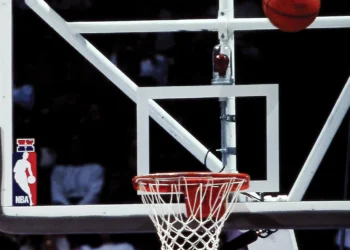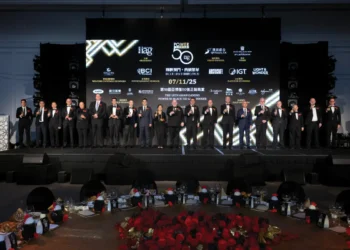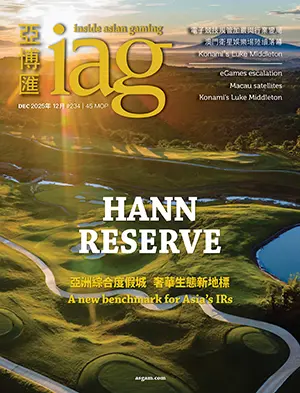Siobhan Lane, Light & Wonder’s highly experienced CEO of Gaming, speaks to Inside Asian Gaming about the company’s ongoing transformation into a content powerhouse and reveals where Asia fits into the journey.
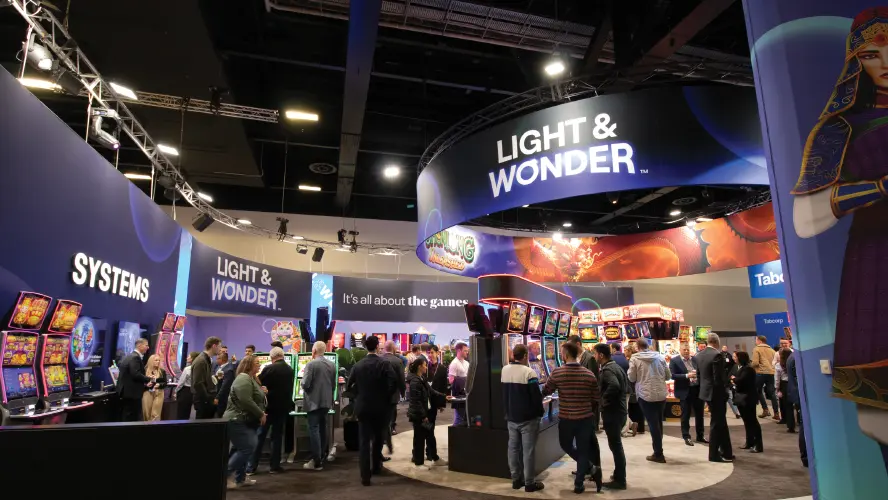 Ben Blaschke: Thanks for speaking with IAG, Siobhan. As CEO of Gaming for Light & Wonder, how would you describe yourself as a leader and what is your leadership style?
Ben Blaschke: Thanks for speaking with IAG, Siobhan. As CEO of Gaming for Light & Wonder, how would you describe yourself as a leader and what is your leadership style?
Siobhan Lane: That’s a great question to ask any leader. I would say that I really like to create an environment where teams feel empowered and can collaborate. I try to truly inspire and motivate teams through that approach.
Communication is really important to me, and I feel my job is to provide context and clarity through communication to ensure that teams are aligned on the collective goals we aim to achieve. Being an authentic leader and leading with transparency through communication is very important to me. Ultimately, a servant leadership style has served me well over the years. A servant mindset, I think, really resonates with teams.
When I think about the types of leaders I respect and have enjoyed working for in the past, I try to embrace some of those attributes and bring them into my own style.
BB: My external observations of Light & Wonder are that it aims to be a very collaborative company that is highly culture oriented. Is that a fair observation?
SL: That’s a very fair observation. It’s been a key pillar of the transformation we’ve been driving across the organization for the last five years, and talent is a key strategic pillar of ours. Great, high-performing talent wants to be in organizations where people respect each other, collaborate and drive a strong culture. That’s one of the things we’re most proud of. Part of our transformational journey has been building this great culture and environment – an environment where high-performing teams and talent can thrive.
 BB: Speaking of transformation, we’ve seen Light & Wonder evolve significantly over the past five years. To what extent do you think the company has changed and what have been the key changes you’ve played a significant role in?
BB: Speaking of transformation, we’ve seen Light & Wonder evolve significantly over the past five years. To what extent do you think the company has changed and what have been the key changes you’ve played a significant role in?
SL: It’s been a profound transformation, end to end. From our structure to how we operate, how we innovate and how we execute – we’ve touched every part of the business.
One of the major changes early on was centralizing our R&D (research and development) teams and creating a global R&D function that is now at the center of the business. Previously, our R&D teams were siloed and focused on different goals. Now, they’re structured to allow us to leverage them for the greatest market opportunities.
We invest heavily in R&D, which we call the engine of our business. We’ve increased that investment as a percentage of our revenue. As our revenues have grown, so has our R&D investment, and that’s paid off in the form of increased market share across all the markets and segments we operate in.
So, I believe one of the most important parts of the transformation has been putting R&D at the heart of everything we do and ensuring we invest appropriately in that engine.
 BB: Can you offer some insight into how Light & Wonder works with its studios and how those studios fit into the broader company structure?
BB: Can you offer some insight into how Light & Wonder works with its studios and how those studios fit into the broader company structure?
SL: That was a key part of the transformation – making sure our game studios were globally positioned and aligned with our centralized R&D structure. We operate in every regulated gaming jurisdiction across the globe, and we’ve not only been investing in our existing talent but also bringing in new talent to scale our studios over time. That investment has been a major driver of our growth.
As our studios create more games that resonate with players and perform well in the market, we focus on aligning them with major commercial opportunities.
We say Light & Wonder is “All About the Games,” and we mean it. Our studios are filled with creative people who want an environment where they can innovate. That’s why we’ve adopted that mantra across the entire organization. We understand that high-performing content is at the center of everything we do and ultimately drives success – for us, for operators and for players.
 BB: You’ve been CEO of Gaming for Light & Wonder for almost three and a half years. What achievements are you most proud of?
BB: You’ve been CEO of Gaming for Light & Wonder for almost three and a half years. What achievements are you most proud of?
SL: We’ve delivered strong financial results and gained market share in many of the regions where we operate. But what I’m most proud of is the team we’ve built and the culture we’ve created. We have an amazing team across all areas of the business, and they’ve been on this journey with us every step of the way. Their dedication to our goals and the successes we’ve achieved together is what I’m most proud of.
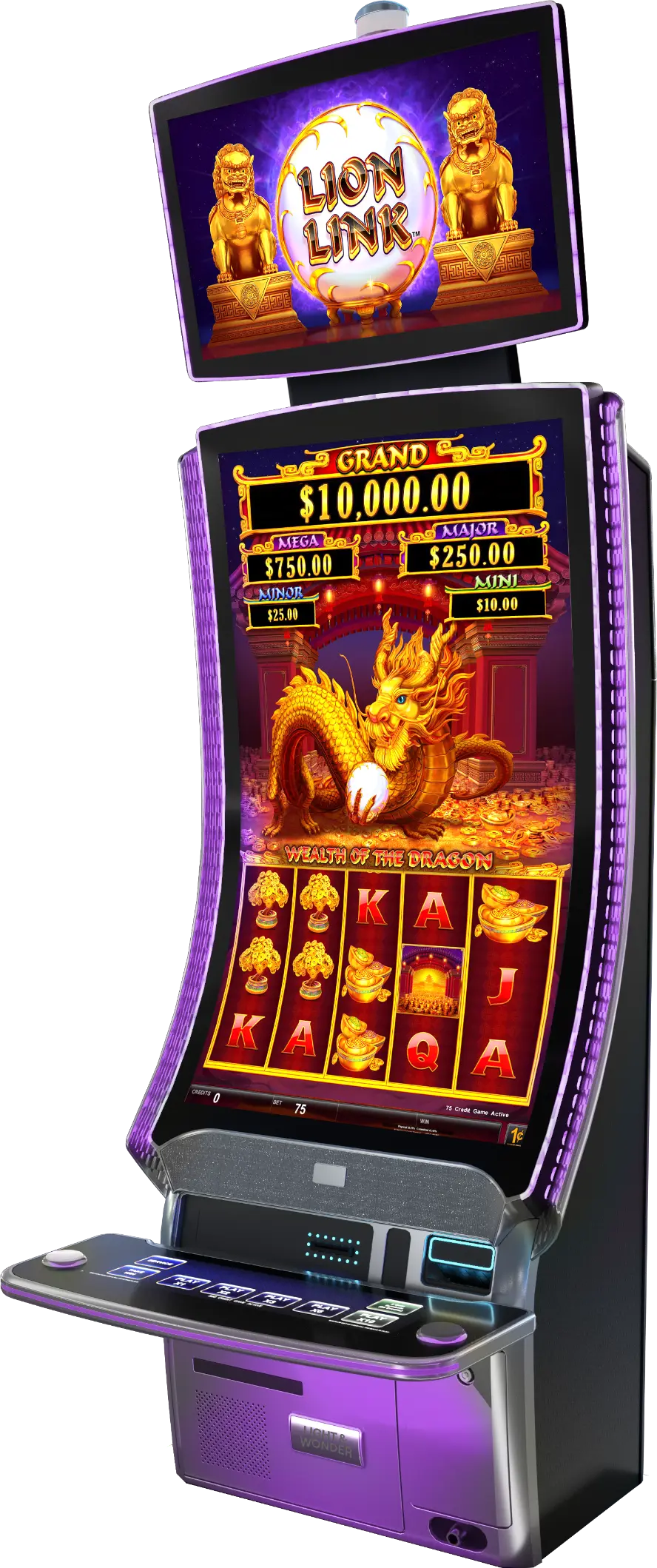 BB: One major change we’ve noticed is the move toward an omni-channel structure. You clearly delineate the three segments of the business – Gaming, iGaming and Social Gaming – yet there is more crossover than ever. Why has Light & Wonder evolved in this way?
BB: One major change we’ve noticed is the move toward an omni-channel structure. You clearly delineate the three segments of the business – Gaming, iGaming and Social Gaming – yet there is more crossover than ever. Why has Light & Wonder evolved in this way?
SL: This evolution started a few years ago when we completed a strategic review and divested our lottery and sports betting businesses. The goal was to put R&D and great content creation at the center of our organization.
Now, we’re structured to monetize content across three business units – and, with our acquisition of Grover Gaming, we’ve added a fourth: charitable gaming. So, we now operate land-based, iGaming, social and charitable gaming businesses. The more we can commercialize great content through these four channels, the more return we generate from our R&D investment.
Each business unit is unique, but they’re highly complementary within the Light & Wonder enterprise.
BB: The company has publicly committed to a US$1.4 billion EBITDA target for 2025 and recently announced a US$2 billion target for 2028. Does this create pressure to deliver results?
SL: I don’t see it as pressure; I see it as a commitment to our stakeholders, including shareholders. We believe in setting ambitious, collective goals – what we call “planting a flag on the hill”.
People want to come to work every day with a clear North Star. That’s what the US$1.4 billion target has provided, and now we’ve set a new target to aim for. It helps align the team, clarify priorities and guide investment – particularly in R&D. It’s exciting, and we’re optimistic about our continued growth.
BB: Let’s talk about game development and the Asian market. It appears from the outside that LnW has significantly increased its focus on Asia in recent years, which once upon a time was probably back of mind for many suppliers. Is this a fair observation and, if so, why has Asia emerged as such a key market?
SL: I would say our organization has always been focused on Asia. If you think about Qin You (Light & Wonder’s Vice President, Game Design), who is one of our most successful game designers working out of Australia, much of her content over the years has really been designed for the Asian market, with brands like Jin Ji Bao Xi or Duo Fu Duo Cai. These are some of the best-performing brands in the region and have been long-standing games in Asia – long before I joined Light & Wonder.
So I would say this has always been an important region and focus for us. But you’re right – we have recently scaled that investment and infrastructure. We’re recruiting best-in-class talent in the region and making sure we’re really listening to operator needs.
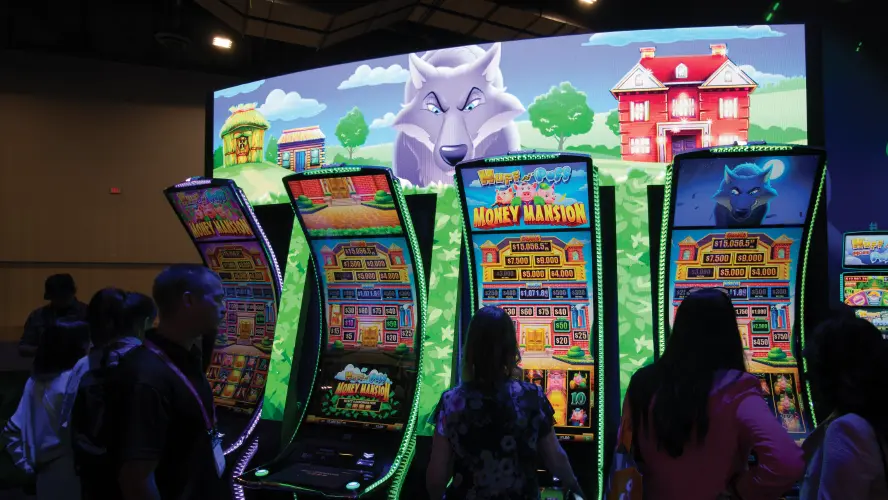 The Philippines has expanded drastically over the last couple of years, and that’s been a high-growth market, which is really exciting. There is just so much going on, and it’s a collection of different regions that are all unique in their own regards. So we’re making sure we have a keen understanding of what our operators are looking for in each market and listening to player preferences and trends so that we’re designing the best content and games that will resonate. That’s very important to us.
The Philippines has expanded drastically over the last couple of years, and that’s been a high-growth market, which is really exciting. There is just so much going on, and it’s a collection of different regions that are all unique in their own regards. So we’re making sure we have a keen understanding of what our operators are looking for in each market and listening to player preferences and trends so that we’re designing the best content and games that will resonate. That’s very important to us.
We’ve invested in our showroom and office in Clark in the Philippines, as well as an office and showroom in Singapore. We’ll be revitalizing our showroom in Macau as well. I think customers and operators appreciate our proximity. We are also constantly sending our game designers to these markets to stay close to the latest trends and player expectations. So I think that investment is not only evident in the talent we have and how we’re investing in offices and showrooms, but also in how we are making sure our global game design studios are focused on creating content that truly resonates in the market.
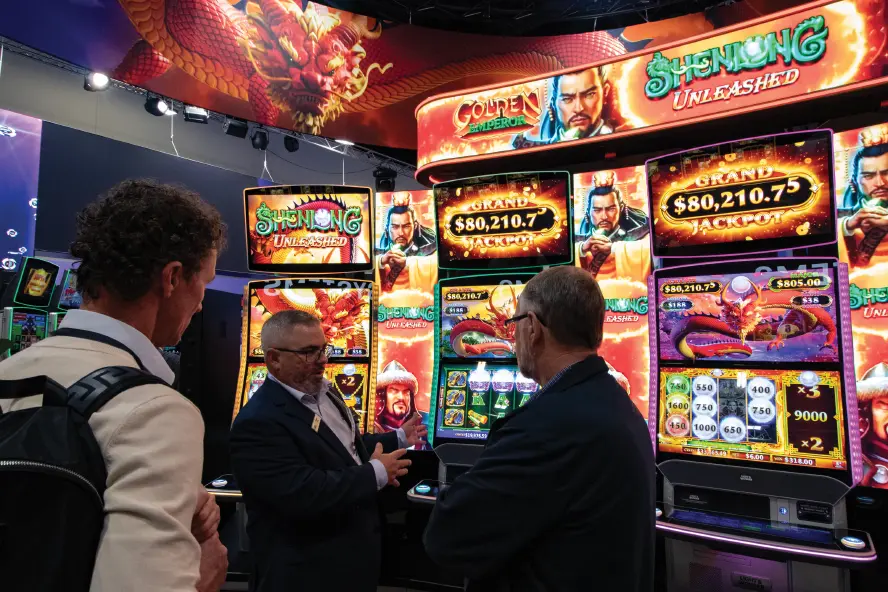 BB: How many studios does Light & Wonder currently have serving the APAC market?
BB: How many studios does Light & Wonder currently have serving the APAC market?
SL: We have 15 studios globally, and that global R&D structure really allows us to tap into those different studios to meet market needs. We certainly have R&D resources within the Asia region for both slot games and table games, which is another important segment we’re very focused on in Asia.
Those 15 studios serve all of our global markets, but certain studios have strengths, or more familiarity with some regions over others, so we align them with the regional needs accordingly.
 BB: As you mentioned, Light & Wonder recently opened new offices and showrooms in Clark and Singapore, on top of your existing Macau base. Why is this important for the company’s growth and what has the feedback been from customers?
BB: As you mentioned, Light & Wonder recently opened new offices and showrooms in Clark and Singapore, on top of your existing Macau base. Why is this important for the company’s growth and what has the feedback been from customers?
SL: Very, very positive. Customers and operators appreciate us being embedded in the market and having proximity to them and their player base. What we’re really trying to demonstrate is that we are investing in having a home base in each of those key strategic markets in Asia – building a local team of talented Light & Wonder creators to serve them and ensuring we have an executive presence in the market to stay aware of what’s needed from an investment, resource and infrastructure standpoint.
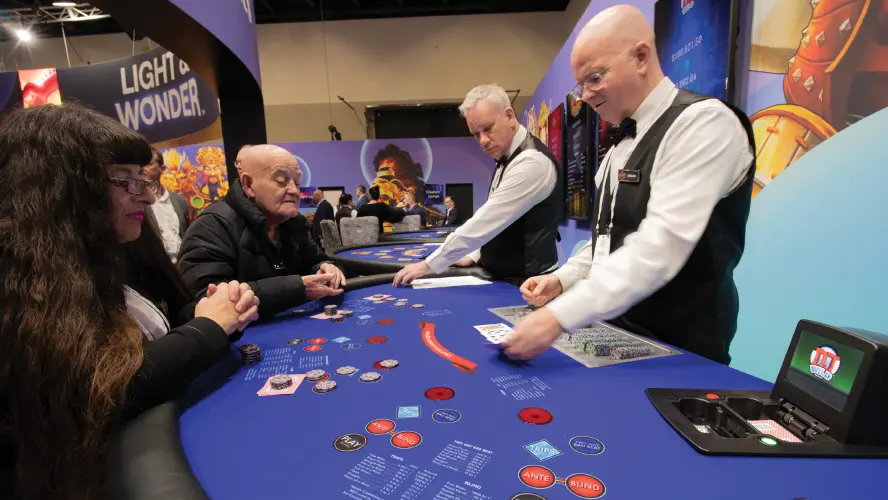 BB: For the past few years, IAG’s industry commentary has declared the Philippines as Asia’s most exciting growth market, although more recently there has been some market decline, particularly around the VIP segment. What are you seeing on the ground there?
BB: For the past few years, IAG’s industry commentary has declared the Philippines as Asia’s most exciting growth market, although more recently there has been some market decline, particularly around the VIP segment. What are you seeing on the ground there?
SL: I think there is still a lot of opportunity in the Philippines. We continue to develop a lot of exciting slot content there because it is such a slot-centric, jackpot-driven market. We continue to focus resources, energy and investment on bringing the best content.
Look, we’ve had record levels of GGR post-pandemic, and Asia has experienced that as well over the last couple of years. There is always room in the market for great content – and that’s what operators and players want from us. Our commitment is to deliver and develop the best games.
BB: What is the next big Asian jurisdiction for explosive growth, in your opinion? Do you see any signs of positive movement in existing jurisdictions or is it more likely to be driven by the opening of new markets like the UAE or Thailand?
SL: Macau is still a critical market in Asia, as is Singapore. We’re certainly keeping a close eye on all the activity within Thailand, and we’ve built a great framework and infrastructure within Asia. If and when Thailand opens, we’ll be ready to expand and service that market. But we’re laser-focused on supporting operators and creating great content in the active markets right now – like Macau, Singapore and the Philippines.
As I said, we’ve got the infrastructure, the investment, the resources and the talent to expand further if and when that opportunity presents itself.
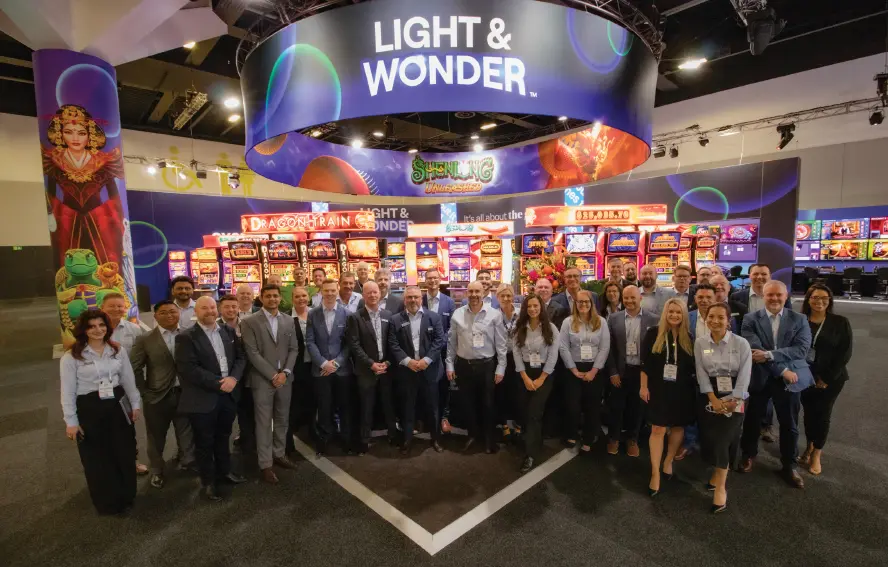 BB: When you have a new market coming along like we know the UAE is – and potentially Thailand – how far in advance do you start preparing for that from a supply viewpoint? And do you already have an idea of what that player type is going to look like in those jurisdictions?
BB: When you have a new market coming along like we know the UAE is – and potentially Thailand – how far in advance do you start preparing for that from a supply viewpoint? And do you already have an idea of what that player type is going to look like in those jurisdictions?
SL: We certainly partner with operators if they want to pull us into that process to provide insight or our perspective, if that’s being asked of us. But ultimately it’s up to the operators to determine the best mix of product. I think we’re well positioned because we operate in every regulated jurisdiction – not only in Class III, but we’ve entered several adjacent segments in recent years, and we have that expertise across multiple product categories.
It’s not only slots; we also offer table games and are a market leader in systems. So, we are truly an end-to-end provider and we can partner with operators as they enter these new jurisdictions.
 We have a lot of resources and talented people in product management who can enter a market and understand what players are looking for – what will resonate, what trends we need to be aware of. We also have flexibility within our partnerships to tweak the product mix as we learn more about each new market.
We have a lot of resources and talented people in product management who can enter a market and understand what players are looking for – what will resonate, what trends we need to be aware of. We also have flexibility within our partnerships to tweak the product mix as we learn more about each new market.
You know, this is an industry with finite operators and finite suppliers because of the barriers to entry, so we view these as long-term partnerships. We’re committed to working through new market openings together.
BB: We’ve spoken a lot about the opportunities across Asia. What about the challenges Light & Wonder sees at the moment?
SL: The uncertainty of regulatory expansion is always one, but again, we keep a close eye on it and we have the framework and infrastructure in place to expand if and when that becomes a reality. That’s always an uncertainty both operators and suppliers must deal with. The best we can do is invest in and remain laser-focused on the jurisdictions that are currently active and open. We continue to embed best practices into Asia, and if and when regulation expands, we’ll be ready to enter.

BB: We’re seeing some major regulatory shifts in the Australian market that some might say have stifled the ability for true innovation in product development. How is Light & Wonder responding to this challenge?
SL: We view Australia as a leading gaming market. It’s a strategic market where we’ve really doubled down on investment over the past several years. We’re also now dual-listed on the ASX, as you know, so it’s a highly strategic market for us, with a very mature player base. We balance that compliance with regulation – which is, of course, very important to us.
We also continue to innovate and stay attuned to player preferences, trends and market developments. We believe that if we can serve the discerning slot player in Australia, we can translate that success to other global markets. So yes, we view it as a challenge – but also an opportunity. Several of our game studios are based in Australia and are focused specifically on the Australian market, but that doesn’t mean we can’t translate that content elsewhere.

BB: Speaking of innovation, how do you balance the desire to innovate with the need to provide players with game features and mechanics that you know work? Is there a reluctance to stray too far from the tried and tested?
SL: We listen to operators, we listen to what players want and we’re very tuned in to market trends. So, our portfolio reflects what’s working in the market. We’re certainly always trying to innovate in what I call “quarter turns.” It’s not about changing what the player knows and loves overnight but about taking them on a journey and trying new things. If it resonates with players, great. If it doesn’t, we pivot. But none of us can stand still. Ultimately, we let the player and game performance guide our portfolio decisions and where we place our bets.
 BB: Will we see a move away from things like Hold & Spin anytime soon?
BB: Will we see a move away from things like Hold & Spin anytime soon?
SL: Not as long as players love it. That’s a very popular mechanic in the market, and we respect what players love and want to play. We certainly innovate within that format – adding different mechanics and features to a Hold & Spin game and putting our own spin on it – no pun intended. But as long as it resonates with players, it’ll remain part of our portfolio.
 BB: You’ve seen hundreds of games developed by the company under your watch. Do you have a favorite Light & Wonder game?
BB: You’ve seen hundreds of games developed by the company under your watch. Do you have a favorite Light & Wonder game?
SL: That’s a tough question because we have so many studios and it’s hard to pick a favorite. I’d say I’m most proud of how we grow brands over time, like Jin Ji Bao Xi or Duo Fu Duo Cai in the Asian region.
Huff N’ Puff has been a really popular brand for us, and now we have several iterations of that game across our portfolio. I think it’s amazing how we can take a homegrown proprietary brand and grow it over time into a portfolio of games under that brand umbrella that really resonate with players. Huff N’ Puff is probably the one I think is doing great things – and it’s a fun game to play too.









